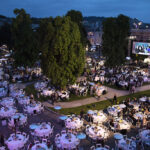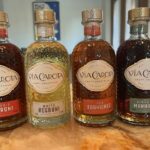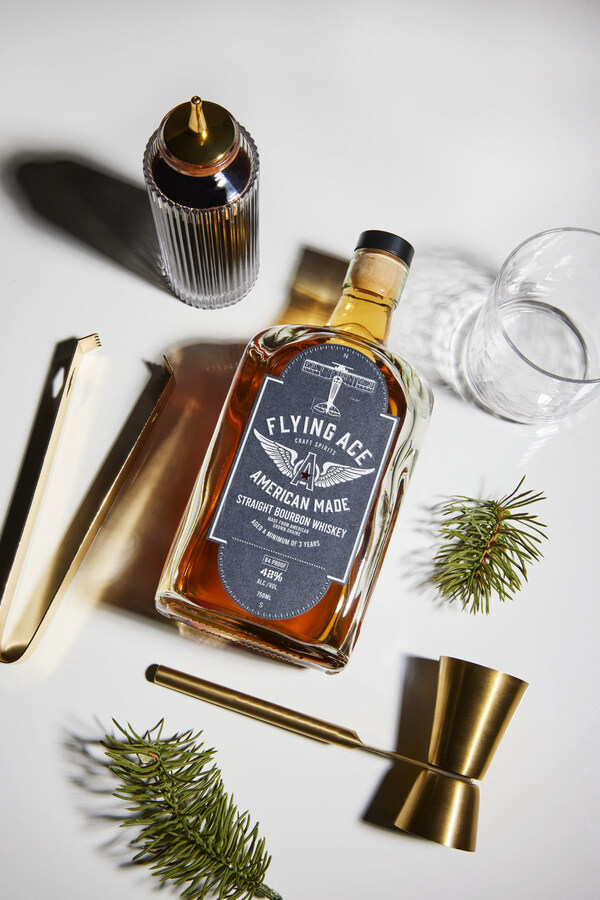
One of the fun things about my Cultural Appreciation of Wine class at Napa Valley College, is that I get to taste wines that I might not be otherwise able to taste. Tonight’s class is all about legendary wines. These are wines that through popularity, quality or other aspect, that are some of the few most intriguing wines available.
Paul Wagner, my instructor for Cultural Appreciation of Wine, assigned various wines to several students. he assigned to me, “Commandaria de St. John”.
Commandaria St.John is the oldest continuously made wine in the world and is now made by a company called Keo, in Cyprus.
Keo Ltd., founded in 1927, began operations by acquiring its first winery in Limassol, Cyprus. The company is publicly owned, with the vine growers comprising approximately 90% of the shareholders. Keo is the largest industrial employer on the island of Cyprus, with over 600 employees.
Cyprus is an island located in the eastern Mediterranean, off the coasts of Turkey to the North and Syria to the East.
Commandaria St. John is a unique, sweet desert wine is produced from a rare, ancient grape variety, indigenous to Cyprus, called Xynisteri. It is also made from “Malvo”, a red grape. Generally, the two grapes are blended to make the final wine. The grapes come from a denominated area, on the eastern slopes of Troodos mountain range, giving the wine an “Appellation of origin” status. The exact location is in the Limassol district, near the village of Kalo Chorio. The grapes grow in volcanic soils which are poor and thin, thus producing a low yield. The vines are planted a few meters apart and grow to an average height of .5 meters. They are head trained without any support. The harvest usually begins at the end of August and is completed by the end of October. The grapes are left to over ripen and harvested grapes are spread out in the sun to dry until they dehydrate, turning to raisins and their sugar density reaches 34-41 Brix. At this point, the grapes are crushed and fermention starts. Fermentation is slow, at low temperatures, until the process stops naturally due to high alcohol content. The wine then ages in oak barrels at KEO’s isotherm cellars, for a minimum of two years. The resulting wine is dark reddish brown in color, has a rich syrupy consistency, tastes sticky sweet, and smells faintly of raisins. Similar to the solera system, the barrels are never completely emptied. New wine is added to the barrel containing old wine and the process begins again. Commandaria is ideal as an aperitif, an after dinner drink, or as a refreshing long drink with soda and ice.
The origin of this sweet red wine is not totally clear. It is definitely much older than its name, which dates back only to 1191, when Richard Coeur de Lion (Richard the Lionheart, King of England (1189-1199) sold Cyprus to the Order of the Knights of the Temple. It is supposed that this wine was also served on his wedding with Queen Berengaria in the same year. The Templars settled in territories which they called ‘Commanderies’ The main one was near Limassol, where they established their headquarters, called Kolossi, which became their Grand Commandery. Kolossi was considered the richest of the Commanderies and extended over a wide area that included 40 villages. The name Commandaria was transferred to the much coveted wine produced in the area. The Templars were succeeded by the Knights of St John. The Knights of St. John of Jerusalem were called “Hospitallers” indicating they provided medical care and hospitality to pilgrims. The King of Cyprus Hugh I conferred on the Hospitallers special privileges, such as the right to acquire land, exemption from customs dues on their exports. The Knights of St. John began to export Commandaria. It became a favourite in many European courts, and a lot of it went to England, where it was held in high esteem. But its history goes back a lot further. It was being made more than 2,000 years before the Templars re-named it. Previously it was called “Mana” the Greek word for “Mother”. The reason for this is very interesting. The wine was matured in giant earthenware jars. When the time came to pour it out, a certain amount was left in the bottom. When the new wine was added, the old wine helped it to mature. So the old became the mother of the new. It is very likely that the Commandaria you can buy today is the original Cypriot wine enjoyed by the Greek poet Homer and drunk by the Pharaohs of ancient Egypt.
References to the wine
28 Centuries ago Hesiod, the great Greek poet, refers not only to this wine but also to the way of its preparations. In his book “Feats and days verse 604” he writes:
“…When I rouse I feel either to massacre or to Put out my thirst by drinking Cyprus wine…”
Referring to the preparation of this wine he says:
at the meridian
and rose-fingered Dawn looks at Arcturus,
then pick all your grapes
and bring them home.
For days and nights ten expose them to the sun,
shade them for five,
and on the sixth
place Dionysos’s
pleasure-giving gifts in pots.”
The fame of Commandaria had the misfortune to reach Sultan Selim II (The Sot) who seemed to have much rather preferred Bacchus and Aphrodite to Mohammed. A certain Jewish wine-merchant of Portugal gave the Sultan samples of Commandaria which so greatly pleased him that he ordered his Commander in Chief, Lala Mustafa, and commanded: “We must capture Cyprus. Within this island there is a treasure which only the King of Kings is worthy of possessing”. And thus Cyprus was conquered by the Turks in 1571.
The Dutch traveller Cornelis van Bruyn who visited the island in 1683, was particularly impressed by the wines of Cyprus.
“Among the products of Cyprus are first its wines. They are excellent and when drunk on the spot are very different from the same wines after export to other countries. For though they come straight from the island, and they bear transport well, yet on the journey they acquire a certain taste of pitch which partly helps to preserve them. I have drunk wine here over thirty years old: It had a very pleasant taste and a beautiful colour.”
Reverend Edward Clarke, fellow of Jesus College, who visited Cyprus in 1800 considered Commandaria to have therapeutic properties.
“Limassol produces the best Muscat of Cyprus, however Commandaria wine is definitely the most important product for the inhabitants. This wine is famous in the entire Latin world, and it is said that it has the power to bring back youth in aged people and offer regeneration to those nearing death. We tried a 40-year-old wine that indeed was like balsam, and it was rightly kept – because of its therapeutic properties – for the sick and those coming to the end of their life.”
“The Cyprus wine” writes English Poet, Elizabeth Browning, (1806-1861) “is as sweet as the Lyre of the Muses. It has the colour of a lion or Rea and shines much better than ever did the eyes of the Papho Goddess; it is as light as her step, and the honey produced by the swarthy bees of Hymettos cannot surpass the sweetness of the wines of Cyprus”.
Every glass of Commandaria is also a dose of strength and energy which is given to you by the Cyprus earth and the bright Cyprus sun. The civilized people of all the centuries have unquestionably certified the great value of this wine as a healthy and refreshing tonic. Even today in Cyprus it is used as the most efficient tonic.
A Review of the Wine- Retail Price $18-$23
Tons of raisin, figs, sweet prunes and dried fruit on the nose. Delivers layers of complexity on the palate with more figs, raisin, dried apricot, and hints of cotton candy when fully aerated in the mouth. Just enough acidity to keep it from being cloying. The finish is medium with some nice lingering dried fruit notes. What a great value!
Anthony Blackburn is a student at Napa Valley College in the Viticulture and Winery Technology Department. He is also the Student Sales and Marketing Intern responsible for selling the wines made by the students in the student winery. www.napavalley.edu/winery










Hello Anthony,
I’m wondering if you can help. I have a 1927 bottle of Commanderie, and while I have searched the internet I can’t find any information on the Value of this bottle. Would you have any information which might be of help?
Kind regards,
Terence MavSwiney Field
PS. That was a fantastic article – well done.
I will send your message to Anthony, he no longer contributes to the blog.
Hello Anthony, I am also wondering if you can help. I have a 1927 bottle of Commanderie, and I can’t find any information on the Value of this bottle. Would you have any information which might be of help?
Hello Paul, Anthony no longer writes for us (this article is from 2010) you might have some luck contacting a broker or a wine shop that does auctions. As long as that 1927 wine has been properly cellared, it should be worth something! And I tossed it out on Google and did see some replies on that specific wine and vintage here: http://www.snooth.com/talk/topic/commanderie-st-john-cyprus-dessert-wine-vintage-1927/